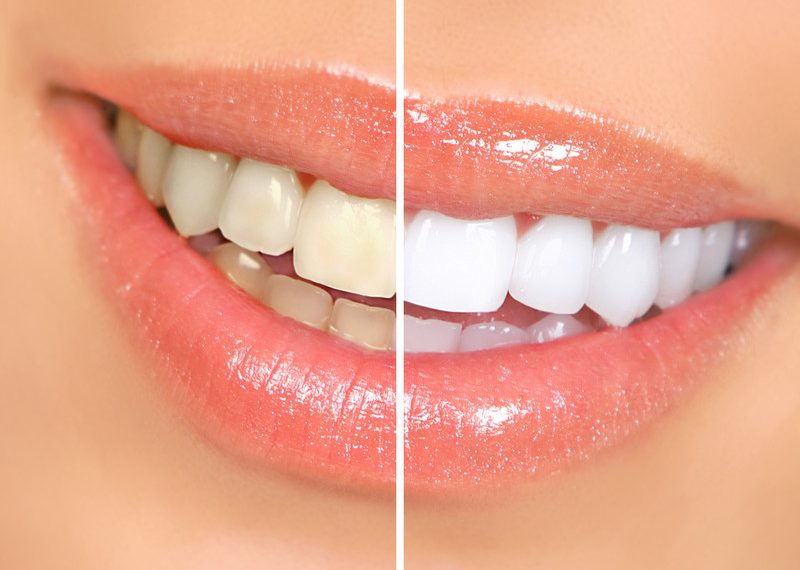Before initiating a Teeth Whitening Wetherill Park procedure, patients need to understand why they seek the process and what results can be expected. Patients should ask themselves questions: Would my dental or facial aesthetics benefit from whiter teeth? Do I have stains that I would like to improve? What results am I looking for in short- and long-term changes? Am I looking to enhance my smile, or has my dentist prescribed this treatment because of actual concerns about the health and stability of my teeth? The answers will help determine which procedures may be best suited for individual patients.
Patients picking an in-office procedure from a renowned dentist in Port Melbourne may wish to ask themselves these questions:
Does my tooth colour meet standards? Does my tooth structure meet standards? Is this tooth able to withstand forces when subjected to bleaching?
Patients looking to pick a home procedure might ask themselves:
What am I trying to accomplish by whitening my teeth? What is the expected timeframe for this result? How much money can I afford to spend on a home kit or custom tray?
Table of Contents
What is whitening, and how does it work?
Teeth contain a hard, protective outer layer of enamel that naturally becomes stained due to daily exposure to beverages containing tannins (coffee, tea), food pigments (berries, wine), and smoke. These stains are typically impossible or difficult to remove from within the tooth structure through brushing, flossing and rinsing alone. So instead, whitening procedures expose the teeth to either hydrogen peroxide or carbamide peroxide, bleaching agents that penetrate the enamel and dentin to break apart stains on the innermost layers of teeth. The natural colour of your teeth is restored once the peroxide penetrates the tooth’s protective layer(s) and breaks down pigments.
Hydrogen peroxide has been used as a disinfectant in medical applications for decades. In 1978, it was first approved by the FDA as a dental bleaching agent. Teeth whitening procedures have been utilized to enhance aesthetics since then. Carbamide peroxide, a derivative of hydrogen peroxide, was accepted as an effective alternative to hydrogen peroxide due to its increased stability at room temperature and more prolonged efficacy over time. Both whitening agents generate oxygen molecules that permeate below the enamel and dentin to bleach away stains.
As stated above, whitening does not typically restore the natural translucency of teeth affected by tetracycline staining. In such cases, patients will be advised against pursuing a bleaching procedure and instead consider other cosmetic alternatives (e.g., veneers).
Whitening is a cosmetic procedure and should be expected to yield results that vary from person to person. It is essential to communicate with your dentist about what you hope to achieve and work together as a team to create the best possible smile for you. Additionally, it’s helpful for patients to understand that tooth whitening can’t repair severe cases of tooth decay or damage caused by traumatic injuries, such as cracks or chips. Results might not be noticeable if teeth have been previously restored with amalgam fillings (silver) or composite resins (tooth-coloured). If such conditions exist, consult your dentist before undergoing any dental bleaching procedure.

